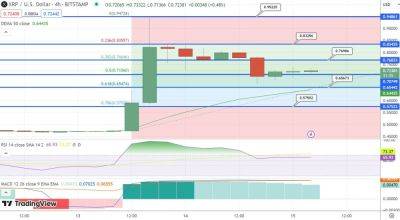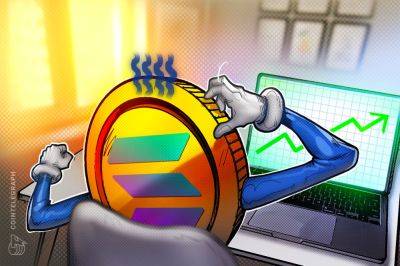The Essence Of Blockchain Technology
Necessity breeds invention, this singular fact enabled the rise to prominence of the blockchain as we now know it.
Following the global economic crisis of 2008, It became apparent to stakeholders (consumers especially) that the paradigm within which financial systems and services operate wouldn’t suffice anymore and a rejig was needed.
These events created the perfect storm for the arrival of a novel asset class, Bitcoin. A cryptographically secured digital asset is immune to double spending and counterparty risks as these were the two factors that brought about the economic crisis of 2008.
The blockchain(The overarching technology responsible for administering control over bitcoin issuance and transfer) provides a secure, immutable transaction ledger, its security is derived from consensus mechanisms (several of them have been developed and several more are being developed even as I write) which require a network of miners to validate on-chain transactions, by leveraging computing power in exchange for block rewards, the result is an immutable global state which offers decentralization that previous iteration of the web has not been able to provide.
Since its inception, the blockchain has soared to new heights far beyond what was intended by its founder, the pseudonymous Satoshi Nakamoto. Thanks to the pioneering work of Vitalik Buterin, The EVM evolved from Bitcoins’ early beginnings into the first true world supercomputer.
The EVM(Ethereum Virtual Machine) is a globally available virtual machine composed of a number of computers(known in the ecosystem as nodes) and acts as a runtime environment for programs in Ethereum (known as smart contracts). Froman operational standpoint, the EVM behaves as a large decentralized
Read more on guardian.ng

 guardian.ng
guardian.ng




















